The Red Cross Needs Blood, Anzio (Italy) Spills Blood, and More
War Continues on Several Fronts, February 26 - 28, 1944
FOR HEALTH'S SAKE, take Sunday off and go skating for 25 cents
The news clippings that follow are from the last Saturday and Monday editions of The Winnipeg Tribune published in February, 1944. They are also from the last three days of this digitized newspaper (Feb. 29 news will follow asap) that I will comb for information re Canadians that returned to their homes after service overseas during early and significant years of the war.
Some Canadians returned home because of wounds or while on leave before further duties were assigned. Some returned to happy households and others to one being prepared for a new bride from Scotland.
Mr. and Mrs. Allen (RCNVR, Comb. Ops.) and Mary (Scotland) Adlington marry
in Glasgow, 1942. Chuck Rose (left) and Mary's sister (right) stand up. Mary came
to Canada aboard Ile de France. Photo Credit - Mr. and Mrs. Adlington, London
Different tales abound and some are revealed in this series that focusses on the Canadians in Combined Ops (incl. my father Doug Harrison, RCNVR 1941 - 45) who came home in December 1943, told a story or two to their local newspapers, and then headed west to a Combined Operations School on The Spit, aka HMCS Givenchy III. Some more details about their service will be provided here so that more about their story is known.
Those who like reading WWII newspapers can find The Winnipeg Tribune at the University of Manitoba. Happy Hunting, I say.
In 1944 I was stationed in barracks on a piece of land called “The Spit” at Comox on Vancouver Island, B.C. About a half mile of water separated the spit from Comox and to get ashore we had to be inspected and travel to Comox on a real Liberty boat.
Fishing for salmon was great there. I myself never fished; I ended up on the business end of a pair of oars in the Captain’s dinghy while someone else sat in the stern and trawled, using filleted herring as bait which acted as a shiny spinner. Some Fridays we were able to supply the noon meal with freshly caught salmon. We didn’t have meat because of the R.C.s.
In order to catch herring for bait we used an old Indian custom. We acquired a thin piece of wood, similar to house trim, about six feet long. At one end we pounded in about 18 inches of finishing nails about an inch apart. The heads were snipped off the nails and it looked like a long comb. When we saw the sea gulls diving for fish near the jetty we rushed down with our long comb and when a school of herring swam past we just poled them up onto the jetty. What we didn’t require we threw back in. The natives had a rule; if the gulls are in, the herring are in, and if the herring are in, the salmon are too, and away we went fishing. A few miles west of Comox was the small town of Courtenay, and I stood amazed on the bridge over the river in spawning season and watched the salmon. Bank to bank salmon - it didn’t seem possible.
"Dad, Well Done" page 125
And now back to the February 28, 1944 issue of The Winnipeg Tribune:
To close this series, more news from February 29, 1944 will soon follow:
Please link to Canadians in Combined Ops Return Home (19)
Unattributed Photos GH
Those who like reading WWII newspapers can find The Winnipeg Tribune at the University of Manitoba. Happy Hunting, I say.
News clips from Saturday, February 26, 1944 follow:
HELP THE RED CROSS begins the day!
For 24 days, Rickenbacker, Army Captain Hans C. Adamson, his friend and business partner, and the rest of the 8 crewmen drifted in life rafts at sea. Rickenbacker was still suffering somewhat from his earlier airplane crash, and Capt. Adamson sustained serious injuries during the ditching. The other crewmen who were in the B-17, named Bartek, Reynolds, Whittaker, Cherry, Kaczmarczyk, and De Angelis, were hurt to varying degrees. The crewmen's food supply ran out after three days. Then, on the eighth day, a seagull landed on Rickenbacker's head. He warily and cautiously captured it, and then the survivors meticulously divided it into equal parts and used part of it for fishing bait.[83] They lived on sporadic rain water that fell and similar food "miracles", like fingerlings that they caught with their bare hands.
Source - Wikipedia
Allied forces have their hands full on the Italian mainland now that Sicily is secure. The battle for Italy is several months away from any tidy conclusion:
I certainly agree with Foster Barclay's assessment:
Allied progress on the Eastern Front is reported below:
Allied progress in the Pacific is briefly reported below:
The article by The Canadian Institute of Public Opinion is incomplete, in my opinion, so I added one more opinion under this piece:
I'm only guessing, but I think the caption under the picture of my father (location unknown) is pretty close to the truth:
"The CWAC is sure one snappy dresser!"
Halifax, N. S.? Comox Legion Hall?
Are your eyes in "tip top seeing and fighting form"?
My eyes aren't too bad. I spot a landing craft above, upper right side.
Canadians in Combined Ops on board? Help wanted!
The following writer was "killed on the beachhead at Nettuno" and his death was mentioned in earlier posts in the series of entries:
Readers can view a newsreel here that reveals Canadian forces moving from Italy to the Western Front, and "war prisoners coming home", some captured at the Dieppe raid.
We read the following in the fine print under the painting below: "We organized little prayer meetings in the evening and morning. Frankly and humbly we prayed for deliverance." - CAPTAIN EDDIE RICKENBACKER.
Following is an excerpt from a passage entitled "Adrift at Sea" involving Rickenbacker and crew members seen above in the raft:
Source - Wikipedia
Twenty years before The Beatles arrived on the scene many, many young ladies lost their minds over Frank Sinatra:
Bing Crosby, famous as a crooner, shows up in a fat book (Land of Plenty: A History of the Comox District) that contains many fine details about the home of scores of Canadians in Combined Ops at this time, i.e., at HMCS Givenchy III. Details about Mr. Crosby follow the illustration:
About Bing Crosby and his Comox connection:
Photo Credit - Land of Plenty, pages 328 - 329
And about the salmon, my father writes the following in memoirs from 1944 - 45:
Fishing for salmon was great there. I myself never fished; I ended up on the business end of a pair of oars in the Captain’s dinghy while someone else sat in the stern and trawled, using filleted herring as bait which acted as a shiny spinner. Some Fridays we were able to supply the noon meal with freshly caught salmon. We didn’t have meat because of the R.C.s.
In order to catch herring for bait we used an old Indian custom. We acquired a thin piece of wood, similar to house trim, about six feet long. At one end we pounded in about 18 inches of finishing nails about an inch apart. The heads were snipped off the nails and it looked like a long comb. When we saw the sea gulls diving for fish near the jetty we rushed down with our long comb and when a school of herring swam past we just poled them up onto the jetty. What we didn’t require we threw back in. The natives had a rule; if the gulls are in, the herring are in, and if the herring are in, the salmon are too, and away we went fishing. A few miles west of Comox was the small town of Courtenay, and I stood amazed on the bridge over the river in spawning season and watched the salmon. Bank to bank salmon - it didn’t seem possible.
"Dad, Well Done" page 125
Related photos that follow are from my 2012 trip to Comox and Courtenay district:
Site of current bridge in Courtenay, outside my hostel's window
My father and mates played ball several days per week, 1944 - 45
Canadian sailors in Combined Ops. Photo from my hostel's calendar.
Readers can link to video related to the landings at Anzio by clicking here.
A newsreel - link provided earlier in post - concerning Canadian troops moving from Italy's mainland to the Western front may also reveal information about more troops arriving from overseas as well. If not, google "Canadian Army newsreels" to unlock a treasure trove. A few details re new troops coming to Europe, to prepare for D-Day Normandy, can be found below:
Canadian war correspondent Dick Sanburn covered the invasion of Italy beginning in September, 1943 and interviewed Canadians in Combined Ops who were manning landing crafts for Operation Baytown. Here he is covering a completely different scene:
Canadian war correspondent Ross Munro was first ashore in many war operations. His articles are always informative:
To close this series, more news from February 29, 1944 will soon follow:
Please link to Canadians in Combined Ops Return Home (19)
Unattributed Photos GH
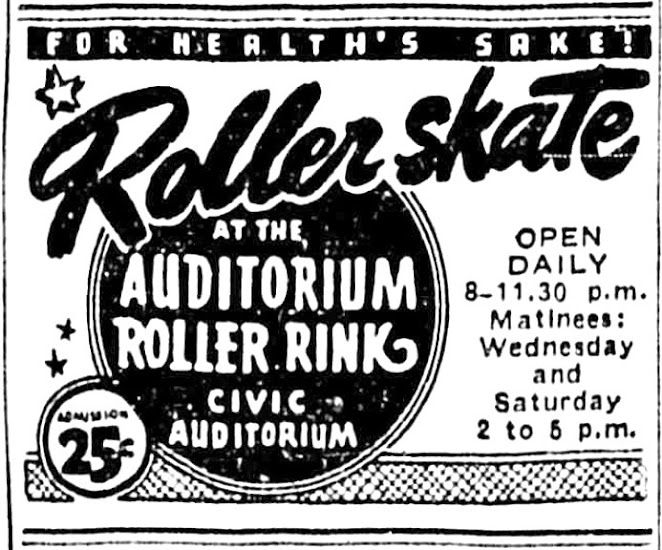









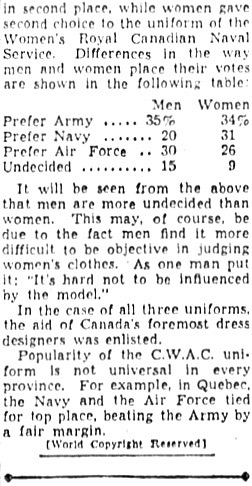







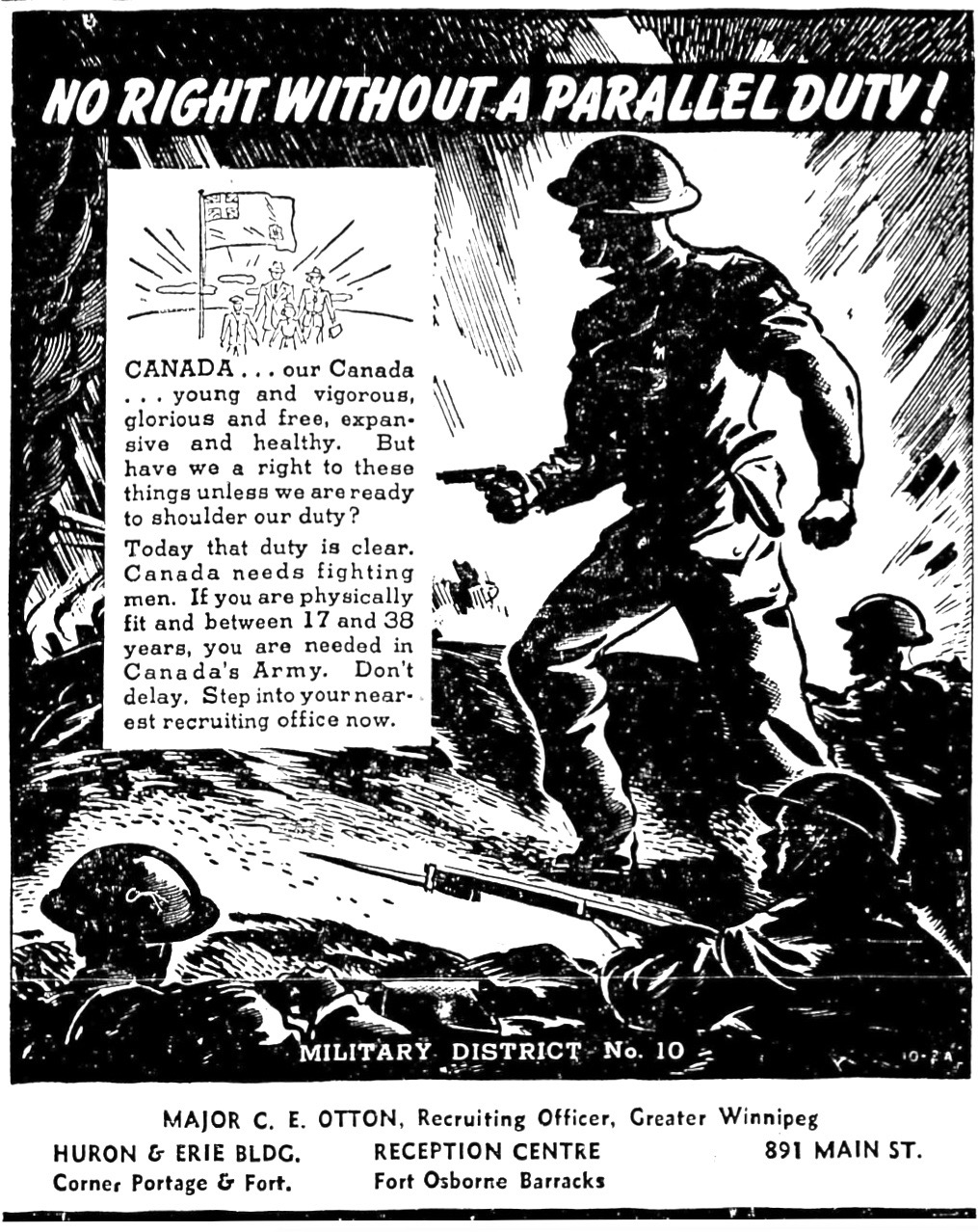



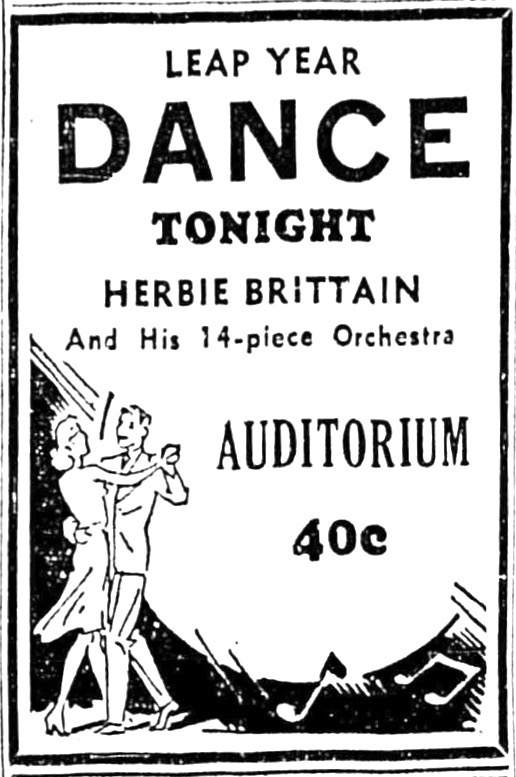



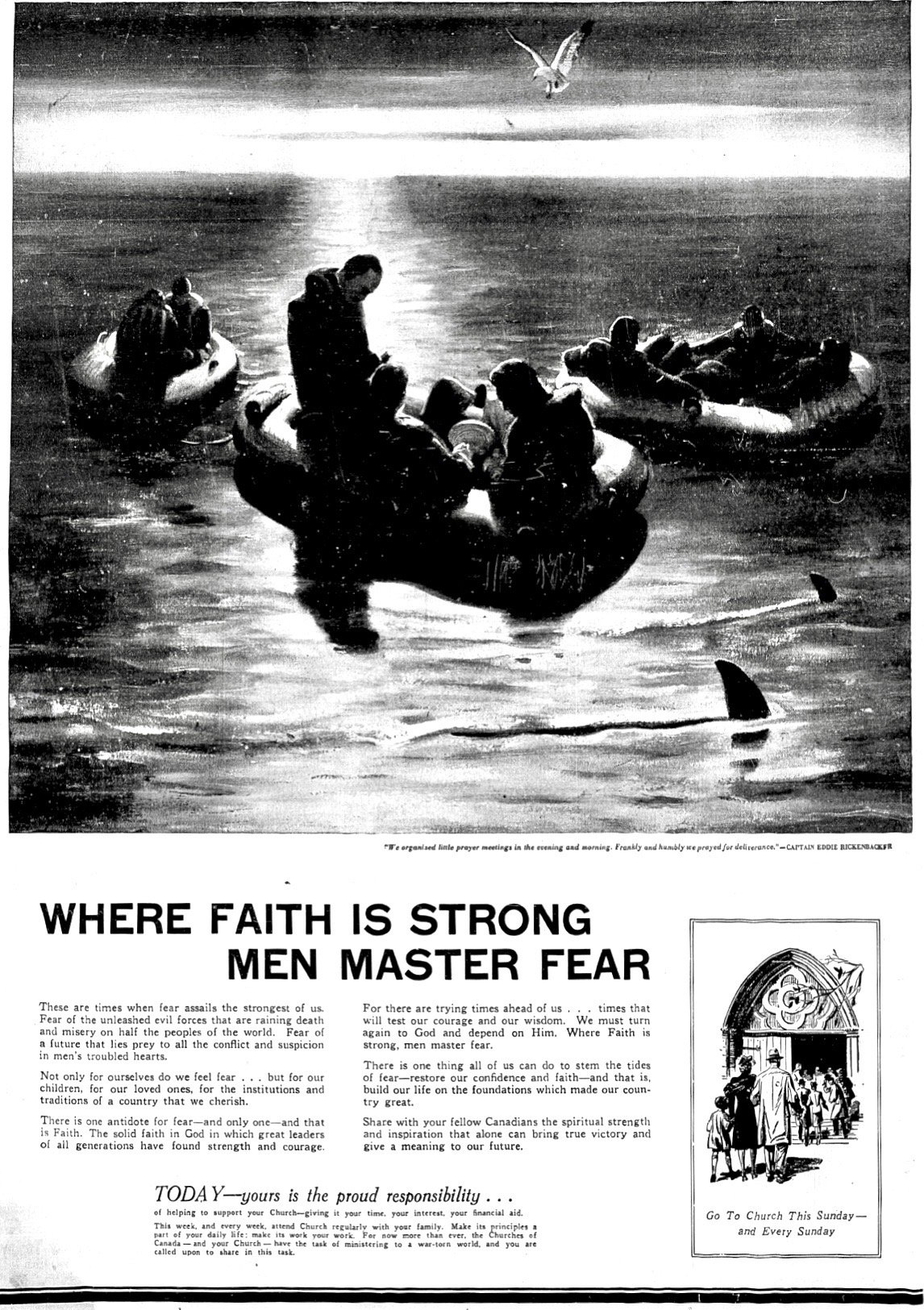
































No comments:
Post a Comment